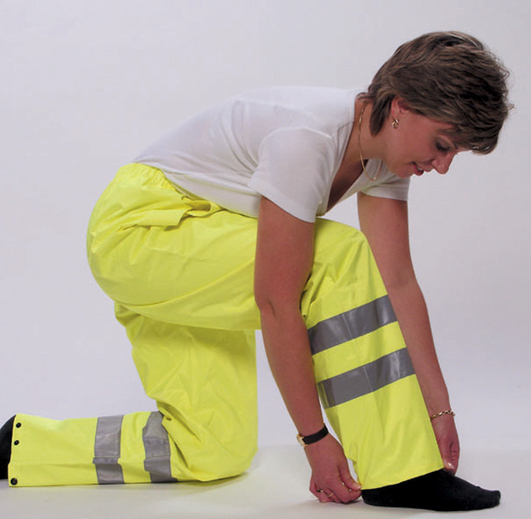This year marks the 20th anniversary of the Personal Protective Equipment (PPE) at Work Regulations (1992). As dark nights bite, now is a time for businesses to check their employees’ high-visibility clothing is up to scratch. That is according to a workplace equipment supplier. Slingsby has produced a guide to how workers can stand out and stay safe this winter.
The regulations cover all clothing and equipment which is intended to be worn or held by a person at work and protects them against risks to their health and safety. PPE includes high-visibility clothing as well as a wide range of other equipment including safety footwear, hard hats, goggles and safety harnesses.
Lee Wright, Marketing Director of Slingsby, which supplies more than 35,000 workplace products across sectors, says: “Anyone working in low-visibility environments or in areas where they could go unnoticed must wear high-visibility clothing. Generally speaking the darker the workplace is, the more high-visibility clothing should be worn. However wearing high-visibility clothing that’s covered in dirt or is so old that it no longer has any fluorescent properties is pointless.
“There are also lots of substandard high-visibility products on sale that offer poor levels of reflection and therefore don’t meet European Standards so it’s vital that employers double-check their offering is on the right side of the law. This is especially true when you consider that high-visibility waistcoats that meet EN471 can cost as little as £2.50, so it really isn’t worth taking the risk with inferior products.”
The firm has advice for employers to follow when they are buying high-visibility clothing:
All high-visibility clothing must meet BS EN471 standards. In some cases products can look similar to genuine high-visibility clothing but can be made of inferior materials that don’t provide sufficient visibility, durability and protection. Be sure to check labels on clothing which will include information about class, standards compliance and care instructions.
Employers are obliged to provide high-visibility clothing to employees free.
Employers must also provide relevant information and instructions as well as an explanation of the risks so employees fully understand when and why the clothing should be worn. It’s important to think about what other attributes high-visibility clothing could require such as fire resistance or thermal properties.
High-visibility clothing that is dirty or worn, making it less visible, should be replaced at once. All clothing should be worn properly and be the right size for the person wearing it. Vests and jackets should also be kept closed on the front and sides to ensure visibility from 360 degrees.
High-visibility garments should consist of a minimum visible size of 0.4 m2. Finally remember that often other safety measures will be required in addition to high-visibility clothing to create a safe working environment.










